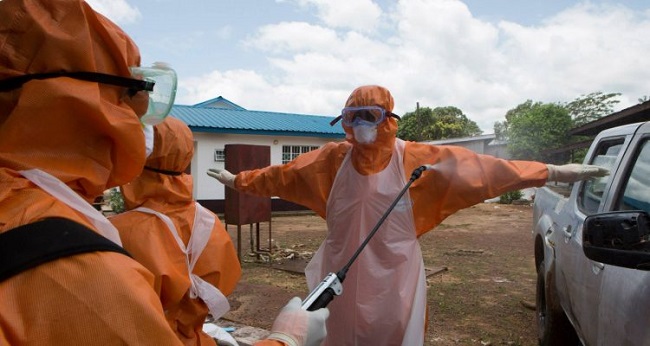A ‘mystery disease’ is killing people in Liberia

On April 23, an 11-year-old boy was admitted to a local hospital in a remote county of Liberia. He was vomiting, had diarrhea and was delirious. The day before, he attended a funeral. One hour after being admitted to he hospital he died.
Other people who had attended this funeral soon became ill. Within a week, there were a total of 28 cases, including 12 deaths–all linked to this funeral. Ebola was immediately suspected. The symptoms presented by the patients, the extremely high death rate, and fact that this spread at a funeral (which is known to be a key point of transmission of ebola) all pointed to a new outbreak of the disease. Needless to say, that would be a profound setback for Liberia, which has been free of any ebola cases since January 2016 after having been devastated by the ebola outbreak two years ago.
Upon receiving news of this cluster of deaths, the WHO activated new post-ebola emergency response measures and moved quickly to track down anyone who might be infected. Health officials tested the patients for both ebola and Lassa fever, a similar disease. Ebola was quickly ruled out–but more people were getting sick and dying.
As of yesterday(May 9), the WHO says that a total of 31 cases of this “illness of unknown aetiology” was reported by the government of Liberia to the World Health Organization. This includes 13 deaths.
But now, the WHO says it has a prime suspect: meningitis C. Samples from four of the deceased patients tested positive for this bacterial disease. More samples are being analyzed and if meningitis is confirmed to be this mystery illness, there is already a safe and effective vaccine that can be deployed to halt the spread of meningitis C.
For now it appears that two weeks after this deadly mystery illness created a cluster of patients and victims, most people exposed to this disease have been tracked down and the disease itself provisionally identified. It seems that officials have learned from the ebola outbreak because this is how disease response is supposed to work.
The WHO credits the emergency response mechanisms created during the ebola outbreak as being responsible for halting the spread of this disease. It says the Liberian Ministry of Health used “management and laboratory infrastructure it developed during the Ebola outbreak alongside WHO, and other public health partners.” This included sending blood, urine and plasma samples to the US Centers for Disease Control and Prevention for testing; and also activating an incident management system upon first learning of this cluster. A Rapid Response Team quickly undertook disease surveillance, identifying people who could have been exposed to this disease. This included tracking down one man and his partner (who did not attend the funeral) who had attended the funeral travelled from the remote region to the bustling capitol of Monrovia. Both died soon after being admitted to the hospital in Monrovia.
One of the key questions that lingered after Liberia was declared ebola-free in January 2016 was the degree to which the infrastructure used to beat back the disease could be tapped to prevent another similar event from occurring. That is could the international support that flooded into Liberia to stem the ebola outbreak be leveraged to strengthen Liberia’s entire health system? This public health scare seems to be a decent indication that on some level, the infrastructure used to eliminate ebola is still strong enough to prevent an outbreak of this new “mystery illness.”
UN Dispatch

